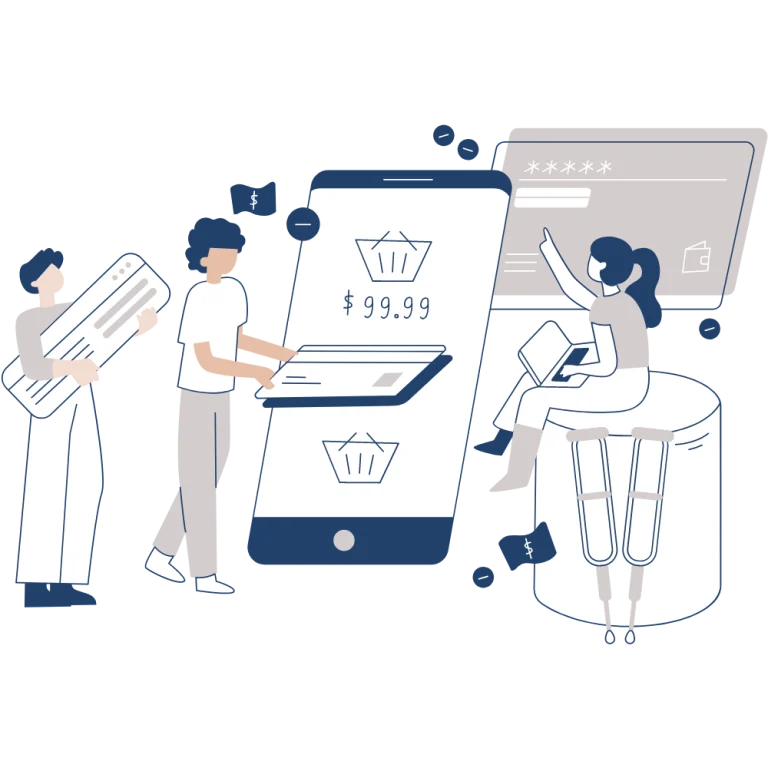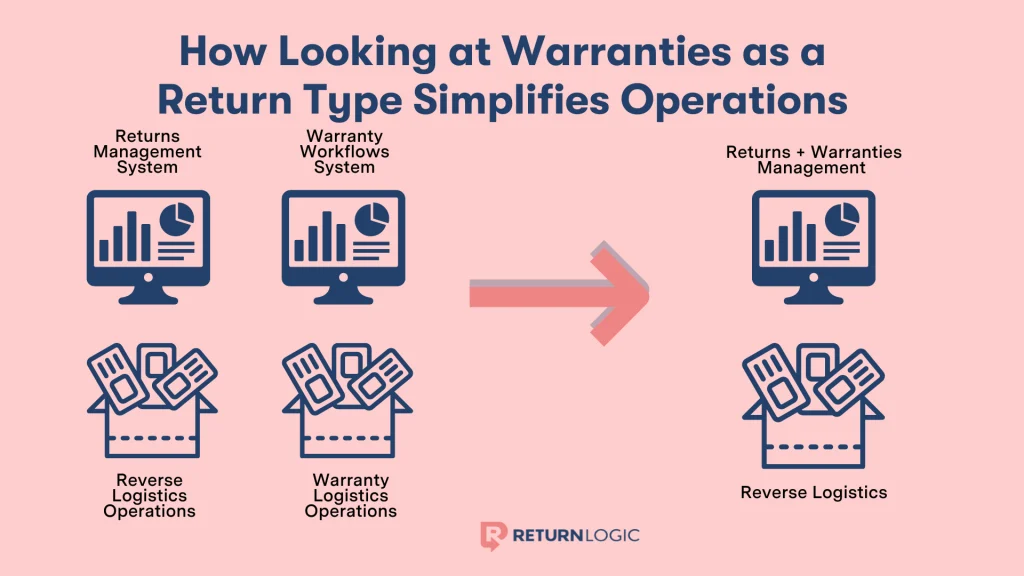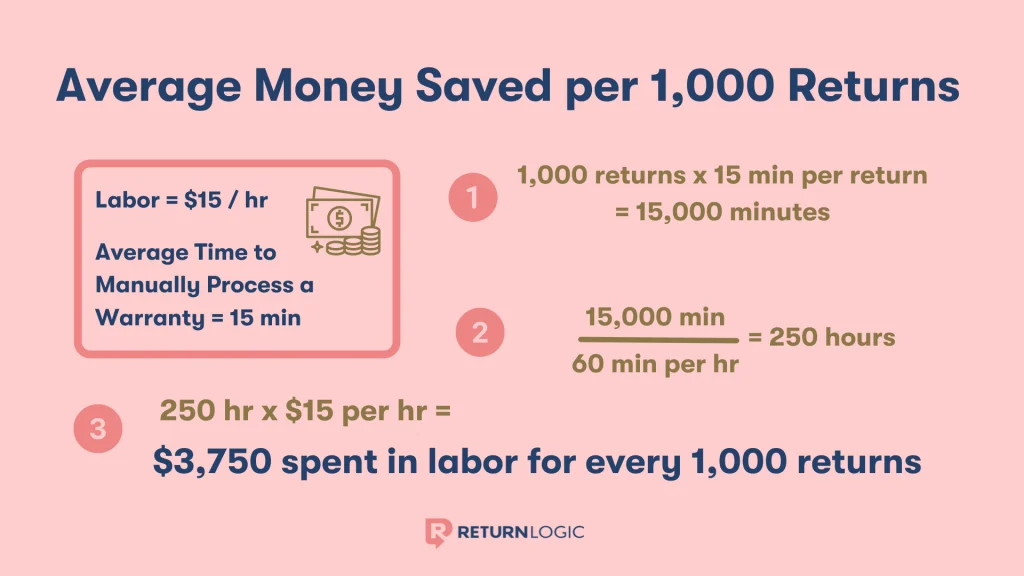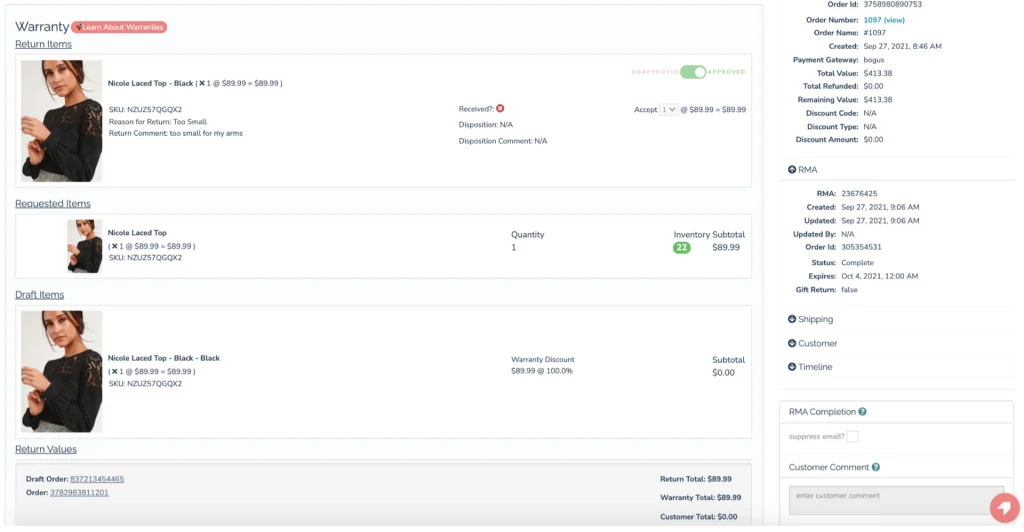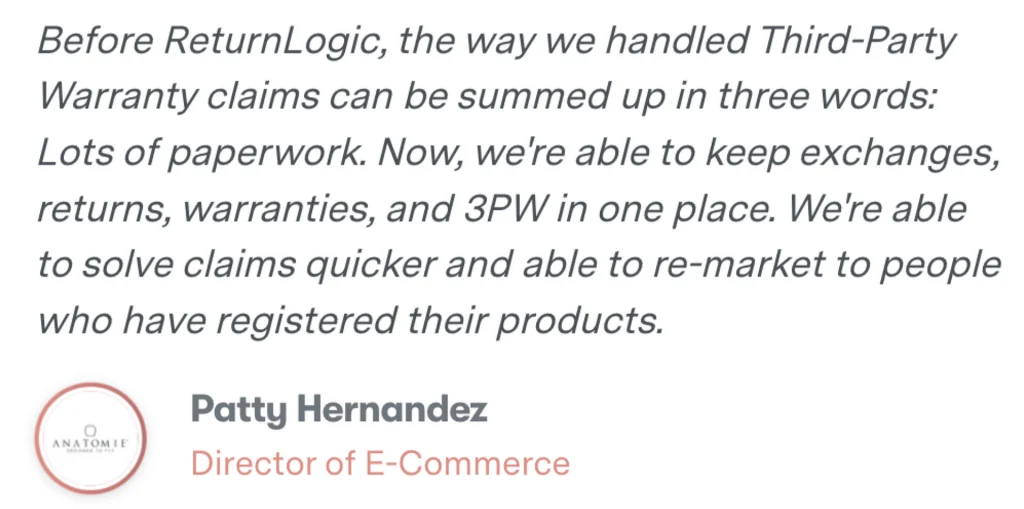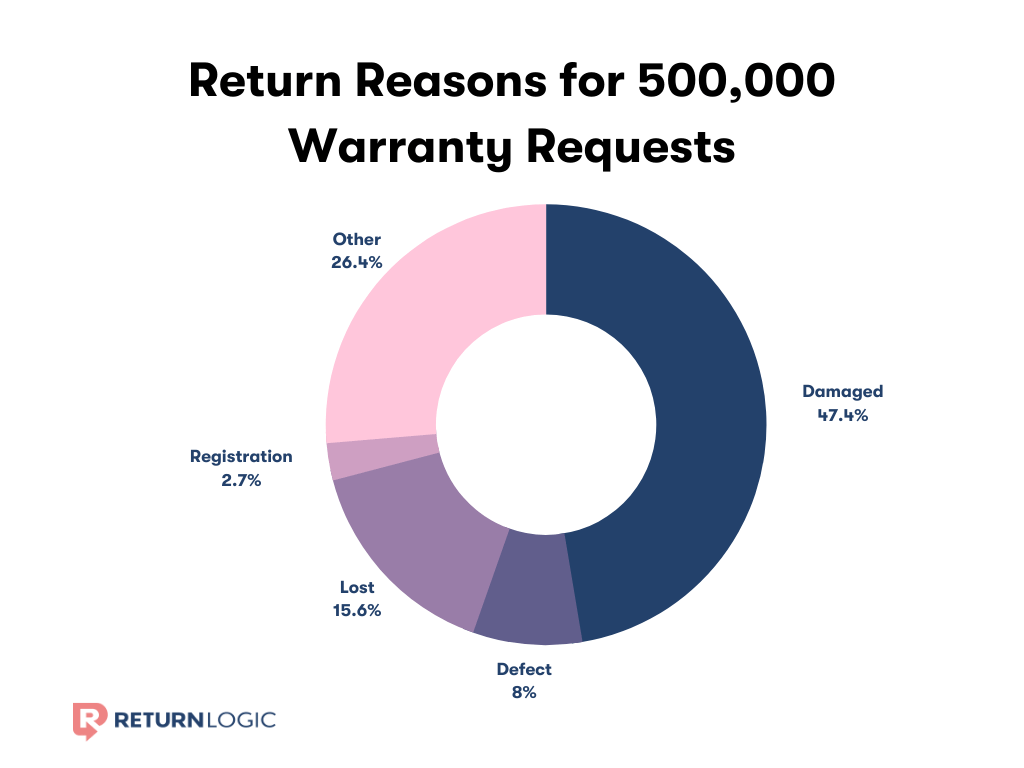Another overlooked application of returns data is product registration to drive marketing strategies.
Any time a shopper registers a product with you, you’re able to create a new customer profile in your CRM.
Keeping track of each of your customer’s histories helps deepen customer relationships.
Having a record of who each customer is, how many times they’ve initiated a return with you, types and reasons for returns, and any additional notes left by your staff will help you segment your customers and personalize your marketing.
Showing your customers only what they’d be interested in makes it feel like your brand is trying to develop a relationship rather than constantly trying to sell a product.
This is big because nobody likes being sold to. With so much grabbing for your customers’ attention, anything that seems like a sales pitch automatically gets ignored.
When you make your customers feel like the promotions they get are handpicked for them, they start to pay more attention to what you have to say.
This drives repeat purchases which will ultimately improve your Customer Lifetime Value (CLV).
In today’s market, a brand’s biggest advantage is feeling genuine. Using returns data will help scale that genuine feeling without breaking the clock or the bank.
Conclusion
With a market as saturated as the ecommerce industry, trust can be a brand’s biggest competitive advantage.
At the end of the day, warranties show your customers that you believe in your products and that helps them trust their purchases.
Beyond that, warranty programs build customer loyalty, improve their overall experience, and ultimately increase your bottom line. That is, if they are managed correctly.
It’s time to make the switch to an automated warranty workflow.
With over 500,000 processed warranty RMAs and hundreds of workflows set up to date, we’re a team of experts. We can help.
To learn more about managing product warranties, check out our blog or schedule a time to talk to a representative today!




